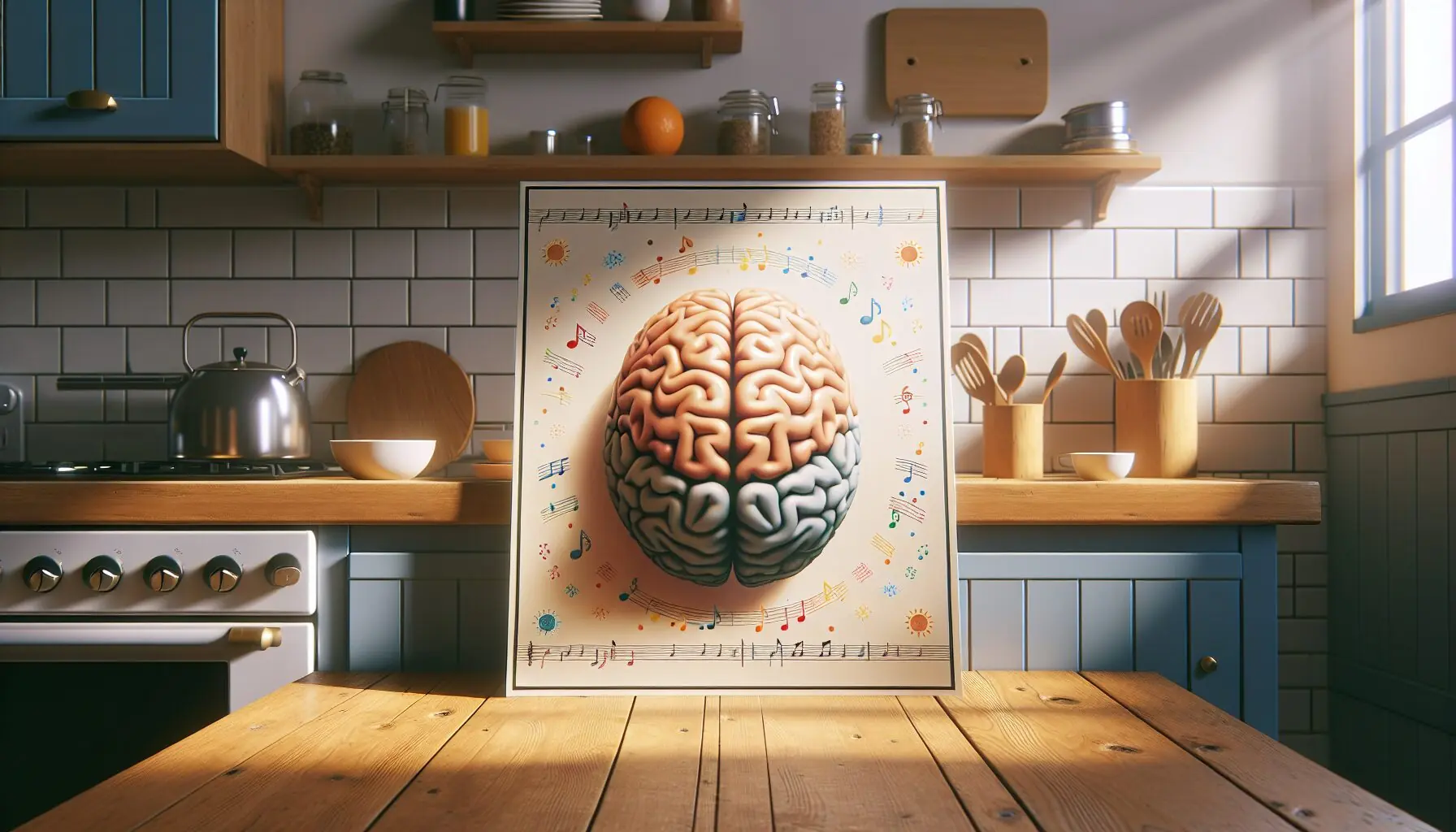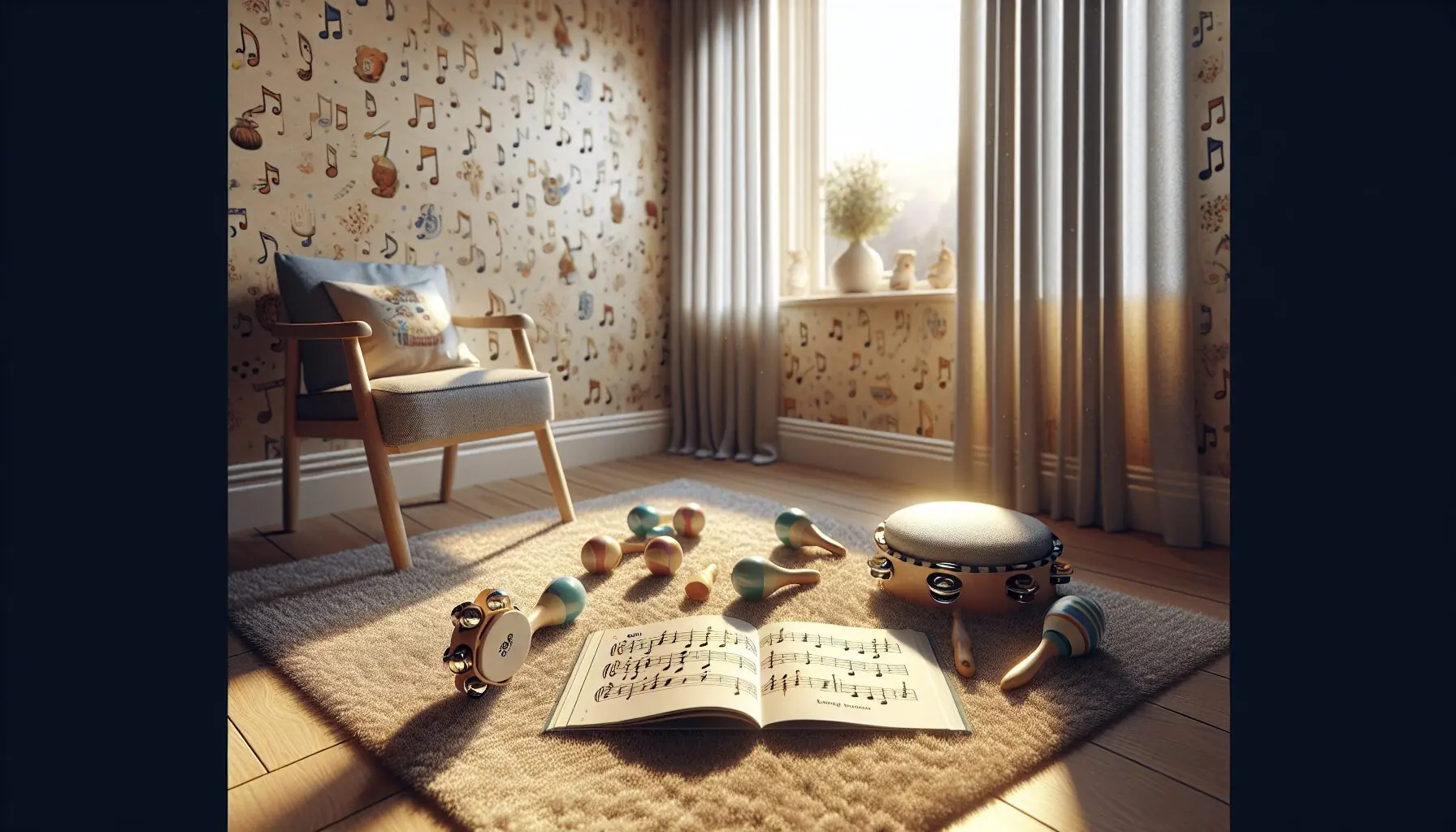Beats and Rhymes: A Melody to Learn
Music does more than make little toes tap; it enhances rhythmic skills and phonemic awareness, and supports literacy in first graders. The magic of rhythm and rhyme can turn learning into a delightful game.
By introducing children to chanting nursery rhymes, you help them grasp the beats and rhymes that build a foundation for musical talent and appreciation. Imagine the giggles as they realize that ‘star’ and ‘far’ rhyme!
Understanding rhythm offers emotional benefits too, paving the way for expressive communication. Are you ready to bring a little musical magic into your home?

Nursery Rhyme Rhythm Activity
Ready to dive into a fun rhythm activity? Gather old favorites like ‘Twinkle Twinkle Little Star’ or ‘Hickory Dickory Dock.’
Materials Needed:
- A list of nursery rhymes
- Clapping hands or small percussion instruments (like maracas or tambourines)
Instructions:
- Choose a nursery rhyme to start with and say it together.
- Encourage your child to clap or tap along with you to the rhythm.
- Gradually emphasize the rhyming words by exaggerating the beat as you chant them.
- Play a game: Can they find other words that rhyme?
Estimated Time:
10-15 minutes
Tip: Make this more fun by creating silly voices for each character in the rhyme!

Why This Activity Matters
This activity isn’t just a musical play—it fosters essential developmental benefits. As children learn to recognize and replicate rhythms, they build a foundation for musical appreciation and talent.
Singing rhymes enhances language skills through phonemic awareness, boosting vocabulary and speech clarity. It also strengthens their memory and concentration.
Emotionally, rhythmic games improve children’s social skills by encouraging turn-taking and cooperation. Plus, the shared enjoyment nurtures your bond, creating joyful memories.

Parent-Child Melody Moments
Parenting is a journey filled with musical opportunities, even if the only instrument is your voice. It’s amazing how something as simple as clapping to a rhyme can light up your child’s imagination.
Picture those cherubic faces as they chant, clap, and rhyme. Encourage your kids to create their own verses or beats—watching them compose can be hilarious but so rewarding!
Share your experiences: what’s your child’s favorite adaptation? Let’s keep the rhythm of family learning alive!

